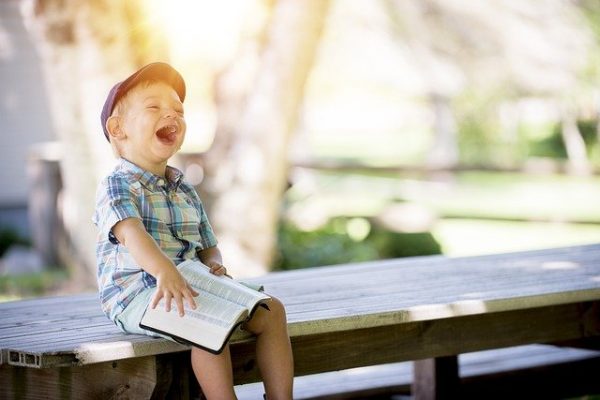Advice & Tips
How To Get Secondary School Kids To Read
Nearly every parent I’ve ever spoken to, including myself, has come across the problem of how to get Secondary school kids to read? Primary school is a joy; bedtime books, travel books, library books and books in school. The children seem to soak up the fantasy of fiction and revel in the relaxation reading can give.

So why does it all disappear once they hit Secondary school?
The Big Difference between Primary & Secondary School
It’s not just the size of the school, the numerous classrooms and teachers that make Secondary school a step up, it’s the difference in what’s expected of the learning too. Once children enter Secondary school, learning becomes much more focused. The emphasis on learning for qualifications replaces the learning for enjoyment and enrichment. Primary school sets the foundations for learning and everything is done in such a way as to glide the children into knowledge so that their brains want to soak it all up.
Once kids hit the next level, its all geared towards those GCSE’s in Year 11, options to choose in Year 9 and practise exams in Year 10. This style of learning throws many children off track and they fight back against anything that isn’t compulsory. It’s at this point that reading for pleasure is dismissed with a capital D!
How To get Secondary School Children to Read

I wish I could say there was a magic formula, but alas no. For some children reading will always be seen as a form of torture. For those who may be sat, albeit precariously on the fence, there are ways to entice them back into the literary fold.
- remind them that reading magazines and blogs is also reading
- reading to younger siblings or elderly relatives can be a source of fun
- introduce autobiographies (it’s amazing the number of boys who have enjoyed a Bear Grylls or Frank Lampard story)
- encourage just 10 mins a day of a book they choose
- let them know it’s okay not to understand, or even like Shakespeare
Most Secondary school kids will realise that reading is pretty much their choice, and even if it’s compulsory for some lessons in school, they have no ties to it beyond that. There has also been much research on what influences Secondary school reading. It’s bad news for the teachers I’m afraid, as explained in schoolsweek:
Secondary school pupils are “more likely to be guided on what books they read by what their friends are doing and what is in the media, than they are by their teachers”.
How You Can Help
Whilst Secondary school reading may seem as bleak as the pasta aisle in Lockdown Number 1, there are ways you can help your children. Get a good grounding at Primary level. Whilst your children are young and many would say naive (chuckle), immerse them in a love of books and reading. Young children’s imaginations are ripe for reading so offer them a smorgasbord of choices. If your child wants to read in the day, drop everything (within reason) and read. Make bedtime YOUR time and read that book for the thousandth time, through gritted teeth if you have to. Get the whole family involved, you never know they might like it.
If your children create stories, get them to write them down, or dictate to someone to write for them. Remember that many children will express stories through drawings and this is still part of the book creation. Comics, magazines, online books are all reading and should be encouraged too.

I have a huge love for books and have done since I was very young. I remember being about 6 and wanting to read an adult book and although I’m not sure I knew what an adult book was, I wanted a book with no pictures and thin pages like my Mum was reading. I can’t remember what book I got but I remember everytime I came across a ‘big word’ I would make up the meaning. It opened up a whole new meaning for the story, and possibly not one the author had envisaged 🙂
So don’t give up on your Secondary school non-reader. They may never have a love of books and that’s okay, but if they have an awareness about what reading can open up for them, they may well go back to it after they’ve emerged from their teenage years.
For a peek at our Young Authors Gallery and the work they have produced click here.
Image by Gerd Altmann from Pixabay
Image by Comfreak from Pixabay
Image by StockSnap from Pixabay

 Français
Français
